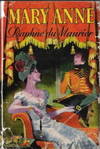The instant I stepped out of the house this morning, I looked at the sky, sighed, and said, “Winter is coming.” (And, yes, that was a deliberate George RR Martin reference.) You see, I live in Seattle, and the sky above was a gloomy gray. It wasn’t raining right at that instant, but my car was dappled with raindrops from a recent shower.
Contrary to what the rest of the country seems to believe, it ISN’T always like that here. The weather gods console us for eight months or so of annual gray gloom with the best summers in the world. It hardly rains at all between July 4 and sometime in mid-September. Most days the highs are in the 70’s, maybe the 80’s, but even then it’s comfy in the shade because in keeping with our nonexistent summer rainfall it’s a dry heat. And because we’re so far north, we have long, long days to savor the perfection of our summer.

And this summer? Arguably the best weather we’ve had in a generation. So you can understand why this morning’s cloudy reminder of what my city looks like the rest of the year made me want to weep a little:
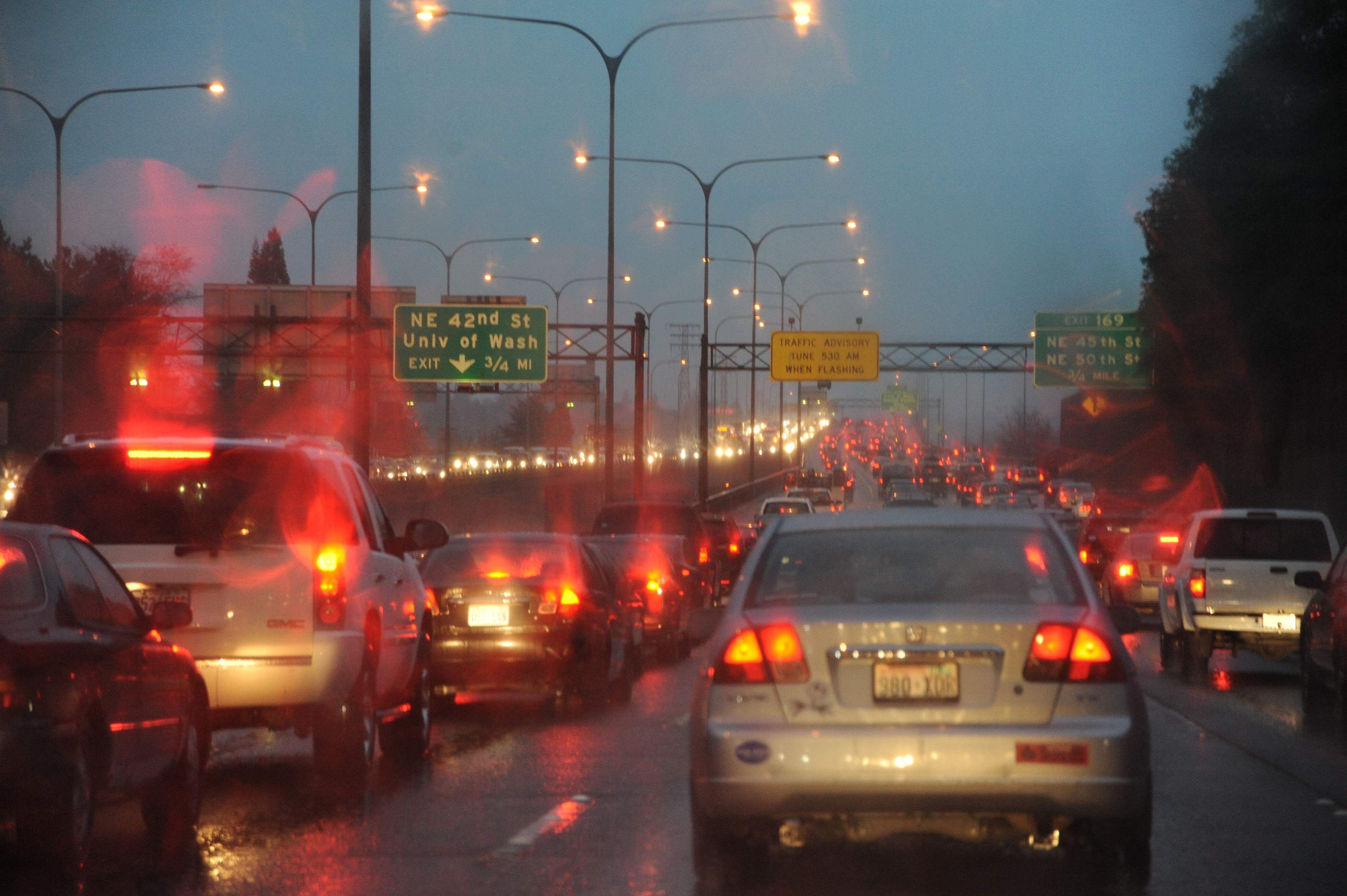
That’s what my morning commute looks like in early November. In late December it’s still pitch dark, even though I don’t get to work till 7:45 or so.
Our local weathermen faithfully promise our sunshine will be back, maybe as soon as tomorrow. But I still can’t escape the signs of the changing season. We’re starting to get mail from the school district with logistical info for Miss Fraser’s fourth grade year, which starts in less than three weeks. We’re planning our holiday vacation time at work, since we have to juggle our schedules to make sure someone is in the office. The spam in my inbox is giving me great offers on new fall fashions.
But throughout the seasonal rhythm of the year, my writing remains a constant. Now that A Dream Defiant is out, I’m hard at work on my proposal for its sequel, which is set mostly in America in the aftermath of the Battle of New Orleans. And I’m already busy researching my next manuscript–one with a French hero, set during Napoleon’s invasion of Russia in 1812. The winter that’s coming for Jacques Gordon (yeah, he’s French, but he’s also half-Scottish, and related to the Gordons in my earlier books) is far more dire than anything Seattle is likely to throw at me….

What does the changing season have in store for you?

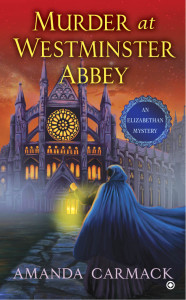


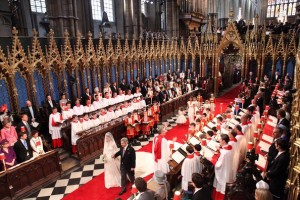
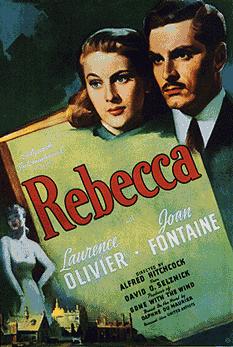
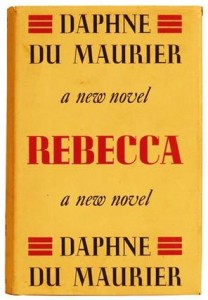
 Rebecca had early influences, not quite back to regency times, but it is clear the book was influenced by Jane Eyre. The innocent heroine, the dark “widower,” a mysterious servant, a big secret about the hero’s former wife, the fire at the end–all are there. I like that du Maurier wrote such a popular book based on a classic. I had my own Jane Eyre-inspired book,
Rebecca had early influences, not quite back to regency times, but it is clear the book was influenced by Jane Eyre. The innocent heroine, the dark “widower,” a mysterious servant, a big secret about the hero’s former wife, the fire at the end–all are there. I like that du Maurier wrote such a popular book based on a classic. I had my own Jane Eyre-inspired book, 